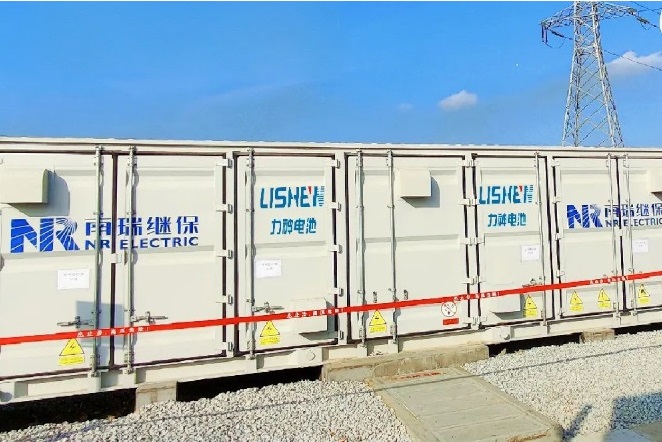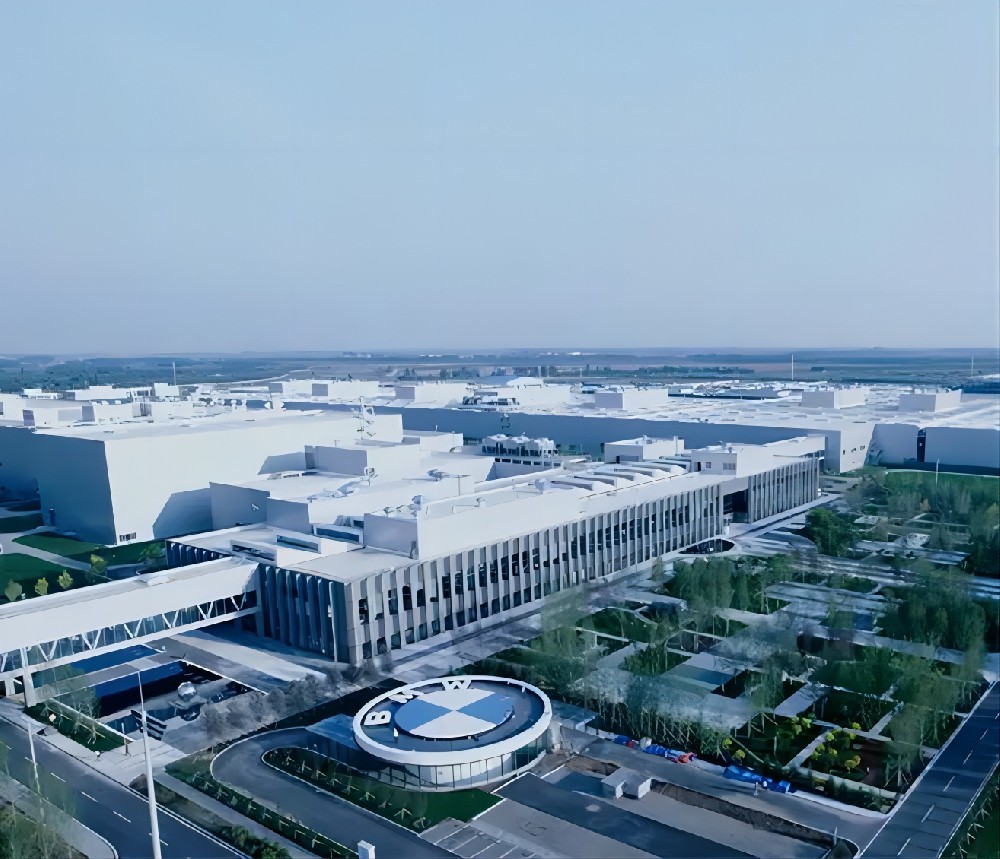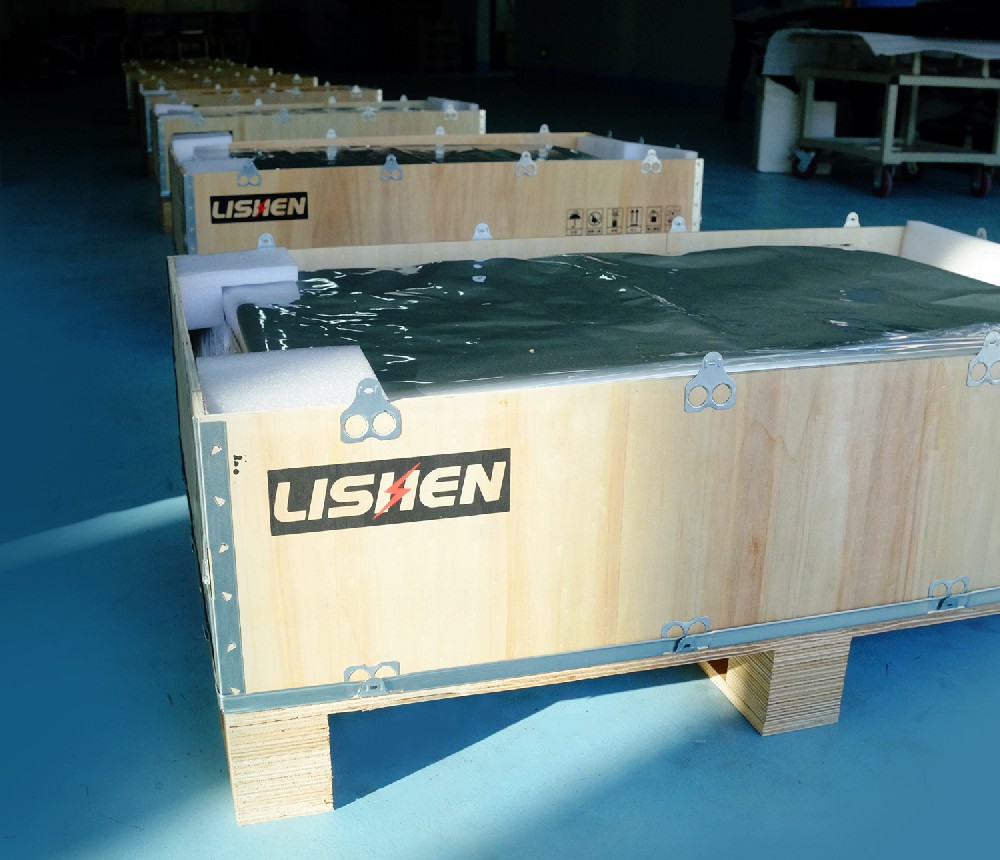LISHEN Battery Implements the "Dual Carbon" Goal
The 52MW Fishery-Photovoltaic Complementary Solar Power Station Project on a Guangdong Island is equipped with an energy storage system provided by LISHEN Power.It consists of 2 sets of 40-foot lithium battery containers and 1 set of boost inverters. The overall protection level is IP55. This marks LISHEN's first utilization of 230Ah high-capacity battery cells operating at 1P power in an energy storage project.

Inside the containers, a 16S2P air-cooled module is utilized. The entire system, including the battery cells, battery modules, battery clusters, and container integration, adopts LISHEN's independent design scheme. It features low cost, high safety, high efficiency, long lifespan, and wide applicability.
For thermal management, an air-cooling solution is adopted, ensuring that the temperature difference within the battery modules is less than 3°C under rated power. This makes it an ideal green energy storage product for wind power, photovoltaic energy storage, smart grids, and other industries.
Reducing carbon emissions is both the sustainable development theme of our times and an important guiding principle for the development of LISHEN Battery. The energy storage system provided by LISHEN will reduce wasted solar energy for photovoltaic power stations, participate in peak shaving and frequency regulation for the grid, and enhance the operational adjustment capability and stable reliability of photovoltaic projects.Integrating fishery farming with photovoltaic power generation organically, complementing each other in space, and enabling multiple uses in one area, thus realizing a modern, intensive development model of fisheries where "the upper part generates electricity while the lower part supports aquaculture".
The entire 52MW photovoltaic power station is expected to achieve the following annually:
·Electricity generation: Approximately 60 million kWh
·Coal saving: Approximately 18,000 tons
·CO2 emissions reduction: Approximately 49,000 tons









